5 Trends from Stockholm Design Week, highlighted by Designer Svetlana Vakhtina

In 2025, more than 300 exhibitors participated in the event, showcasing their work across various locations in Stockholm. Svetlana managed to visit many of the pavilions, see iconic pieces, explore new designs, and observe how Scandinavian designers skillfully blend trends. Here’s a firsthand account of what caught her attention.
Scandinavian design holds a special place in my heart—it was my first introduction to the world of design.Being from St. Petersburg, a city with a northern climate, I feel a deep connection to Swedish nature and aesthetics.
Now, living in Europe, I easily integrate Scandinavian furniture, lighting, and decor into my projects. They are perfect for both private interiors and investment properties, so I was especially eager to experience the latest trends at Stockholm Design Week with my own eyes
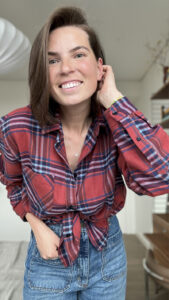
About the Exhibition:
Name: Stockholm Design Week
Location: Stockholm, Sweden
Dates: February 3–9, 2025
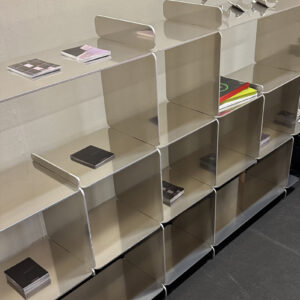
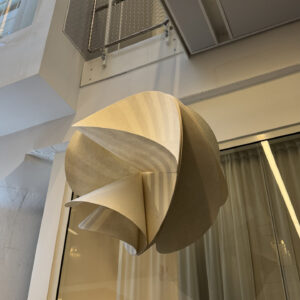
A Thoughtful Approach to Design’s Impact on the World around us
Let’s start with some global issues discussed at the exhibition.
– First, there is the crisis of production and global logistics in design. According to guest speaker and designer Faye Toogood, the current system—where materials are sourced in one region, shipped to another for production, and then distributed worldwide—is becoming economically and environmentally unsustainable. At Stockholm Design Week, this was reflected in the growing trend of local production, recycling, and the search for new sustainable materials.
– Secondly, one of the key themes of the exhibition was artificial intelligence and its impact on design—a different kind of crisis that challenges the role of the designer. Traditionally, design has been about solving problems, but today, with advanced technology, do we really need countless new objects—like yet another chair? While AI can surpass humans in generating forms, the key value designers must preserve is human emotion and unique vision. This highlights the importance of an emotional and conceptual approach rather than simply producing new objects.
5 Trends
Walking through the pavilions, I noticed five key trends in interior and product design:
1. Color Palette: Expressive and Warm
Color is making a strong comeback in interiors, and the trending shades align with the wider fashion color trends:
– Terracotta tones – warm, earthy, and cozy.
– Indigo and deep blue – rich and expressive.
– Soft grassy green – natural and calming.
These colors appear in upholstery, decorative details, trims, and furniture frames.
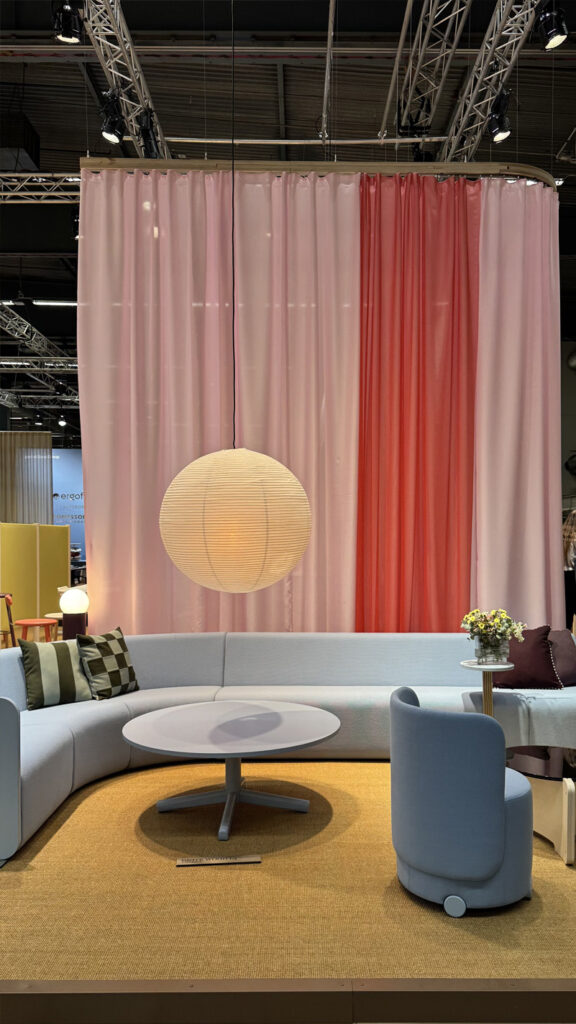
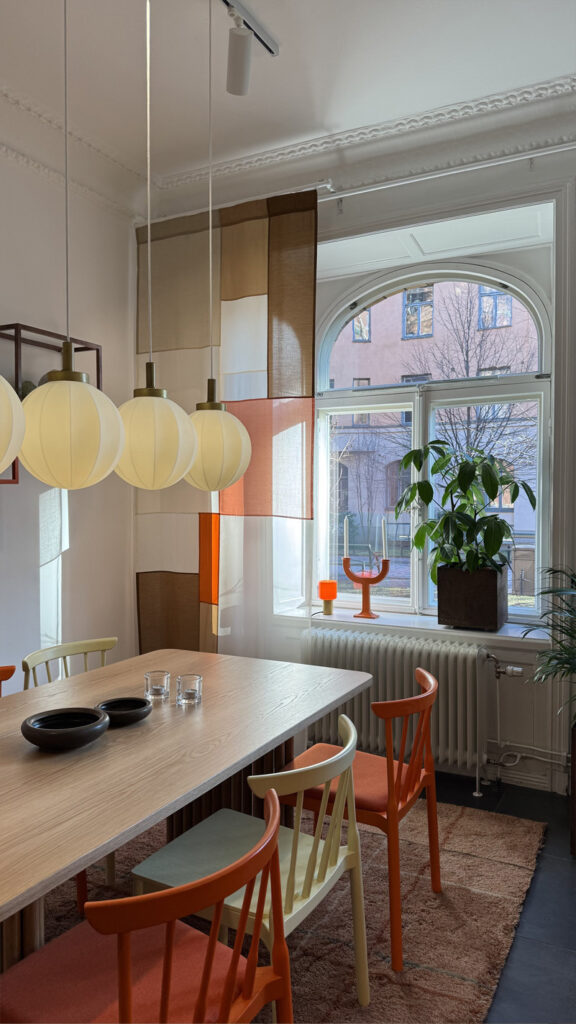
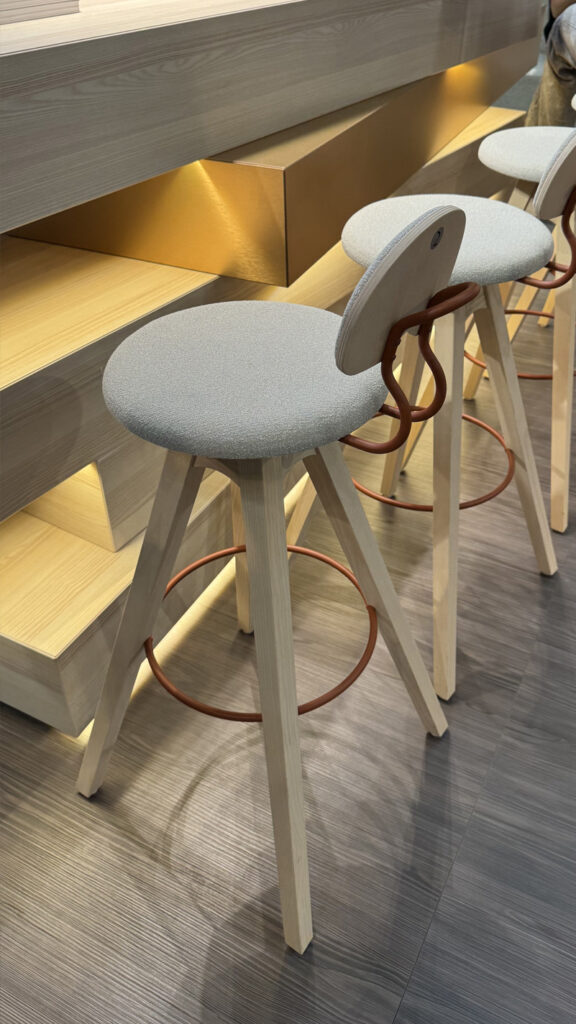
2. Ergonomics and Adaptability: Comfort First
Furniture is designed to adapt to human needs:
– Chairs with rounded backrests – support posture and enhance seating comfort.
– Mobile chairs with wheels and built-in tables – ideal for hybrid work and study setups. These designs are also suitable for people with ADHD, offering greater freedom of movement.
– “Hugging” shapes in armchairs and sofas – soft, rounded silhouettes that promote relaxation.
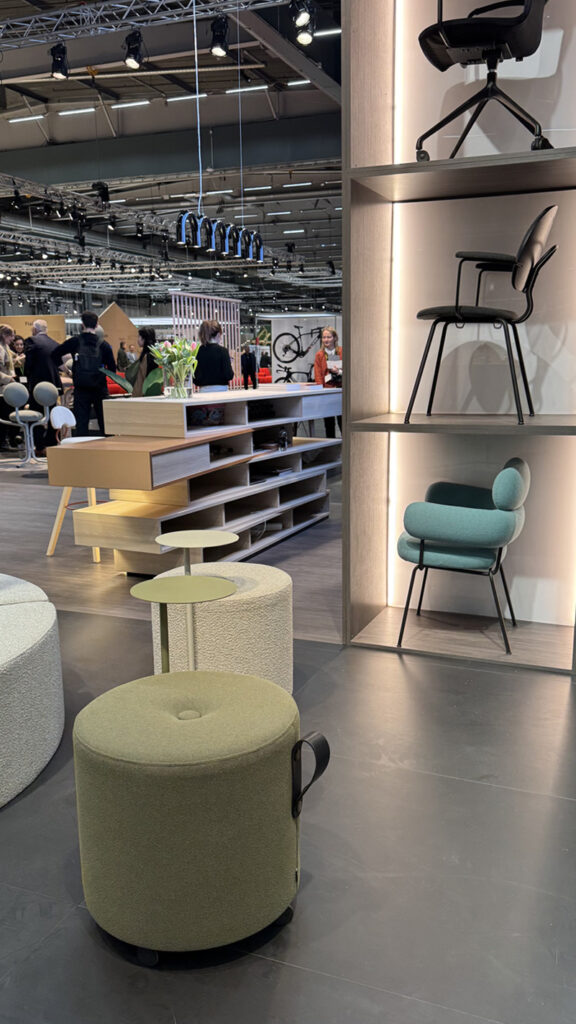
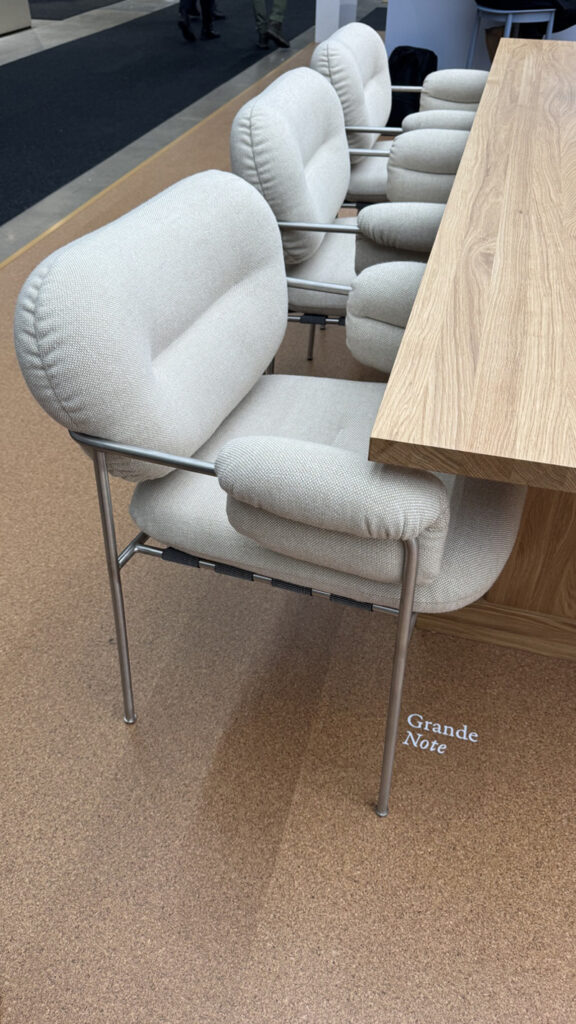
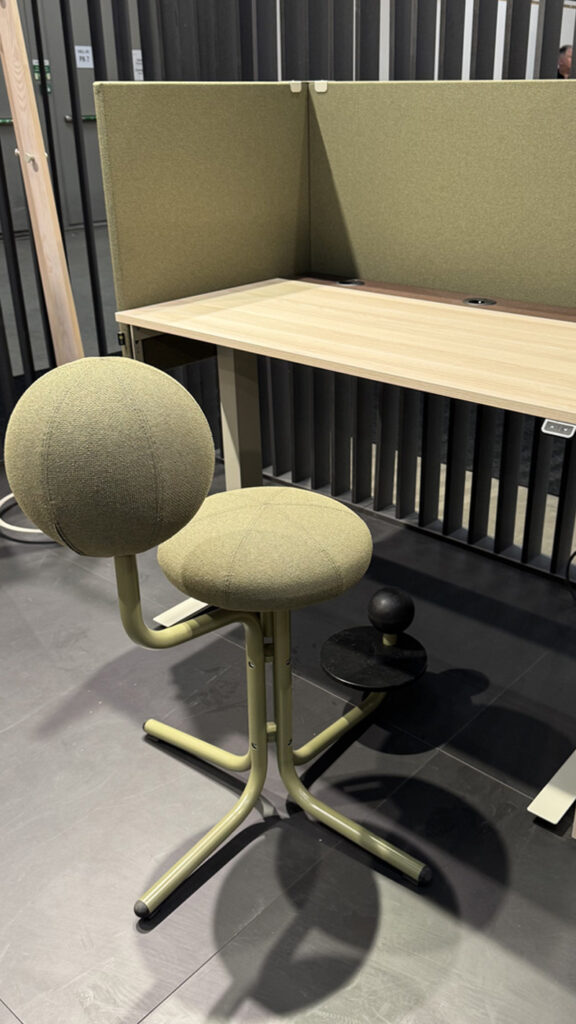
3. Materials and Textures: Playing with Contrasts
Designers are focusing on combining firm structures with soft, cozy finishes:
– Bouclé fabric – this textured, wool-like material remains trendy.
– Metal accents – used in furniture frames, legs, and decorative details.
– Animal prints and bold graphics – zebra, leopard, and striking patterns appear in textiles.
– Paper in lighting and hanging decor – mimicking ceramics while staying lightweight.
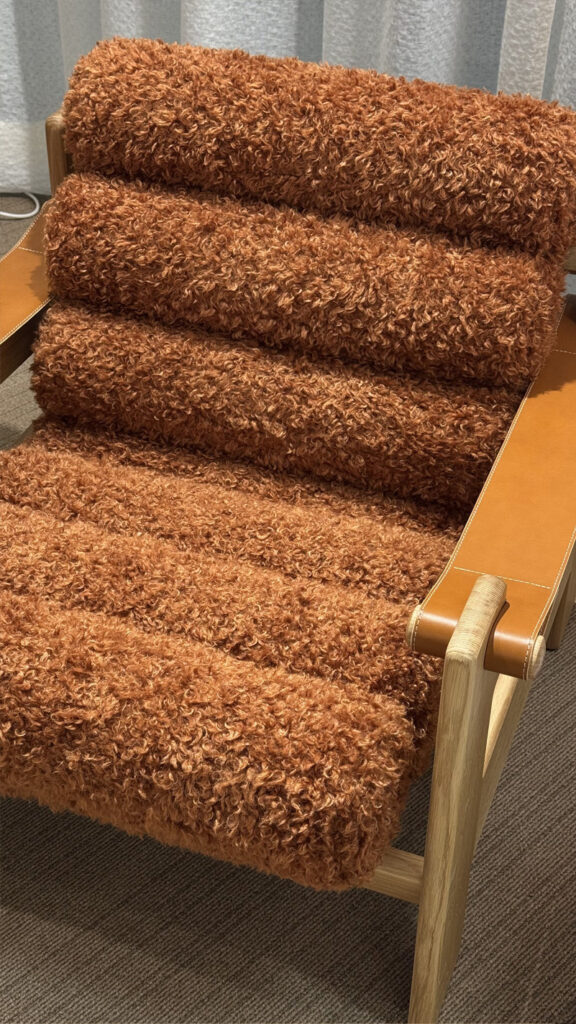
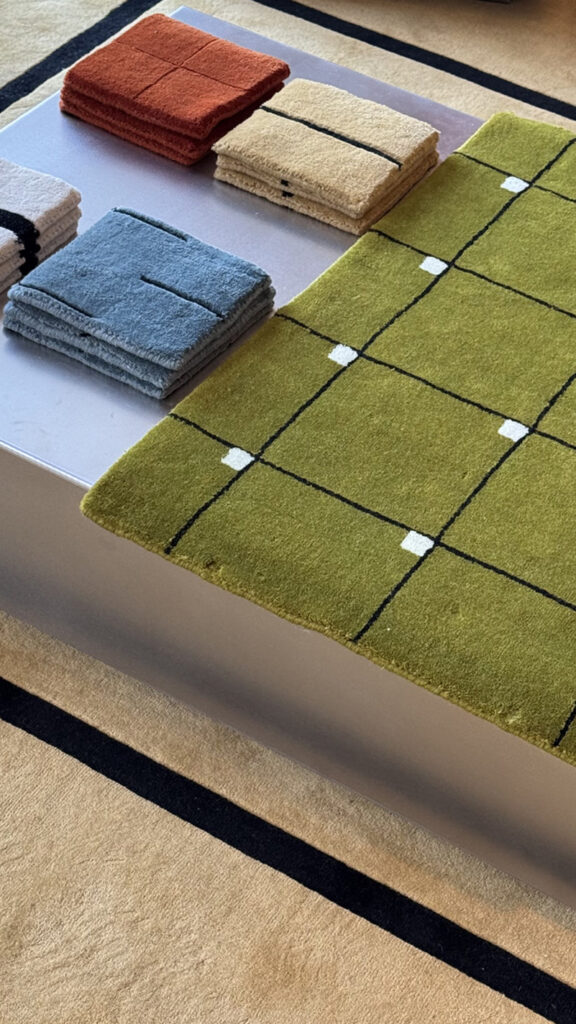
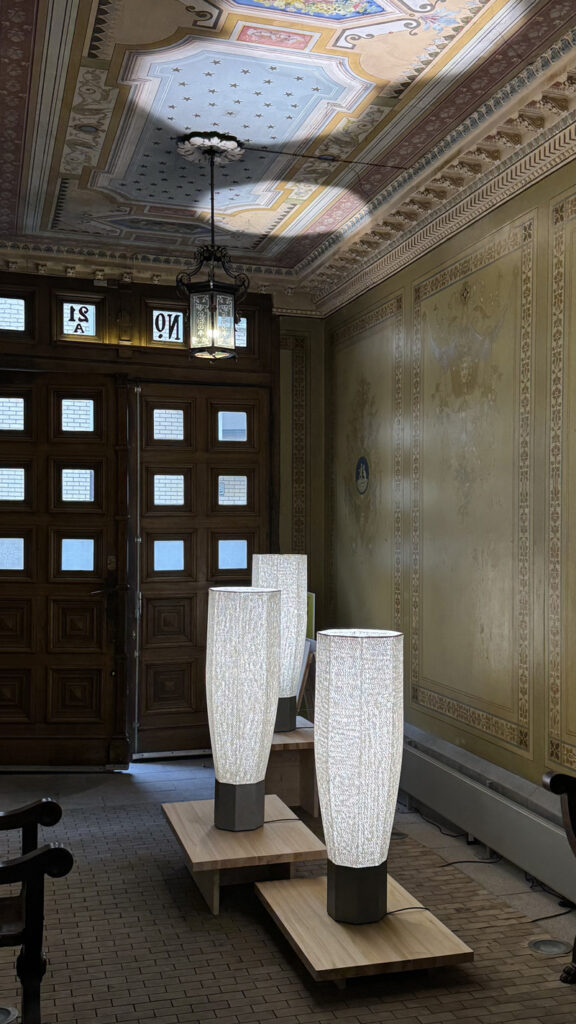
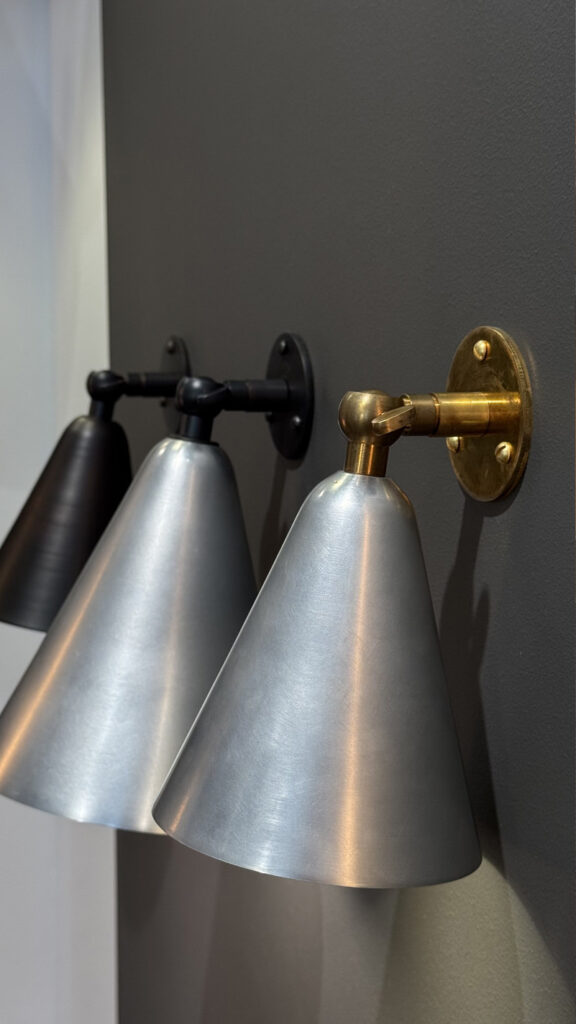
4. Structure and Transformation
Modern furniture prioritizes flexibility and functionality:
– Modular pieces that can be rearranged to suit different needs.
– Transformable furniture – foldable and adjustable designs that adapt to different lifestyles.
– Libraries and public areas Creative solutions for public spaces, like the “Book Monster” chair, made of plastic with built-in compartments for books—both practical and playful for libraries and public areas.
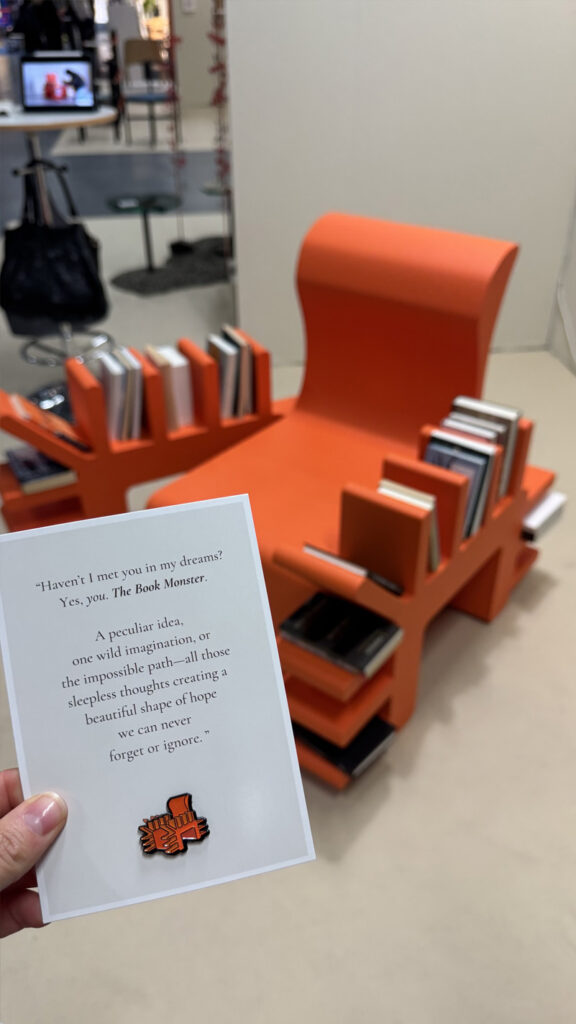
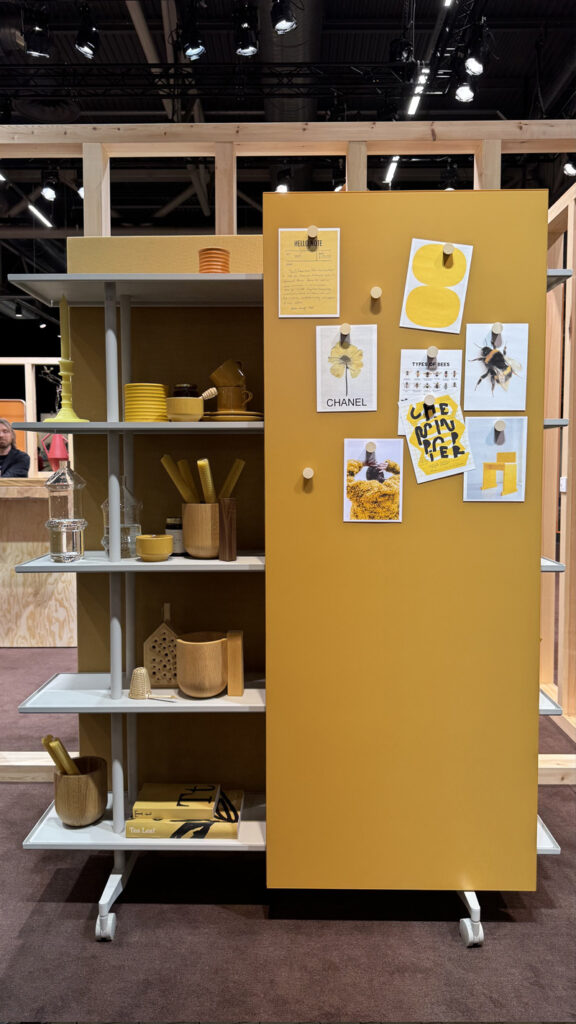
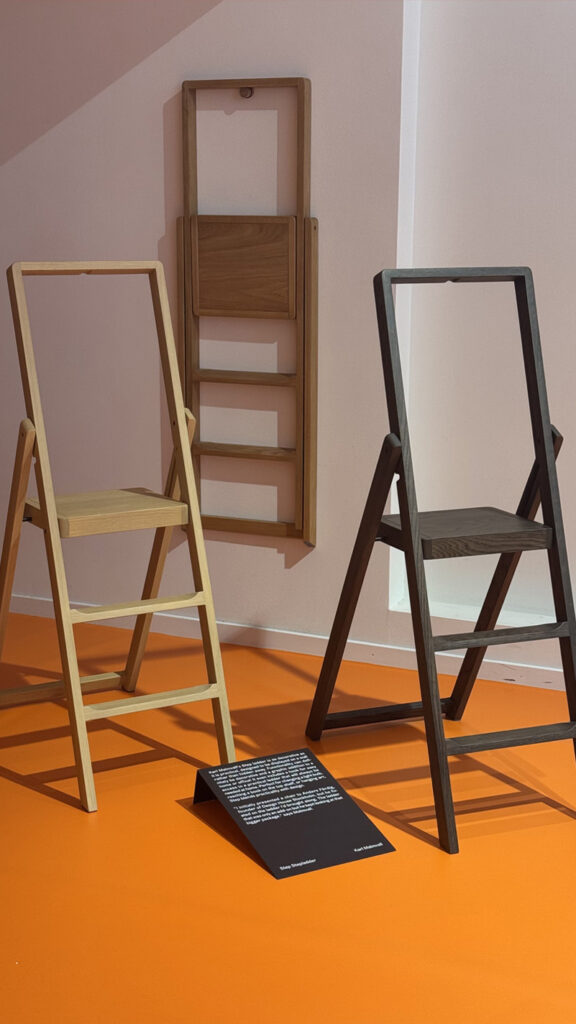
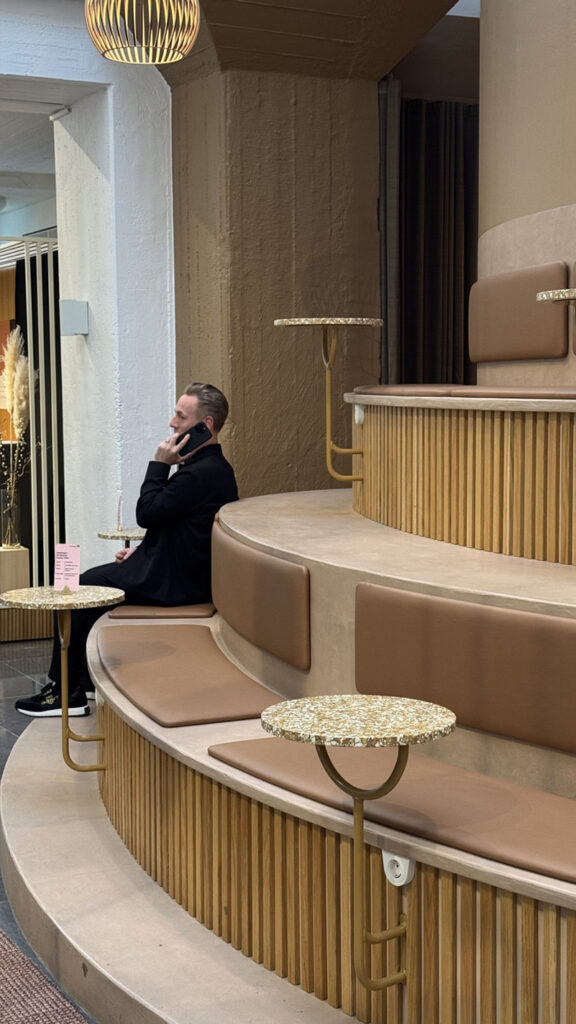
5. Design with Emotion: From Minimalism to Playfulness
Even with Scandinavian minimalism, furniture is designed to evoke emotion:
– The brand “Johansson” – introduced graphic furniture with bold black outlines and expressive details.
– Young designers – brought humor and surprise into their collections, creating furniture that is not just functional but also playful and fun
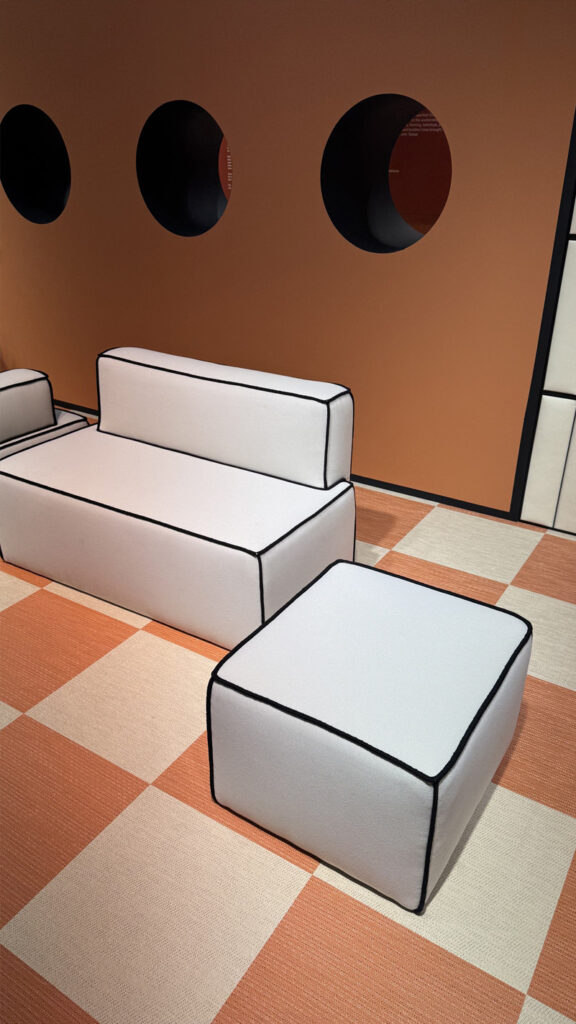
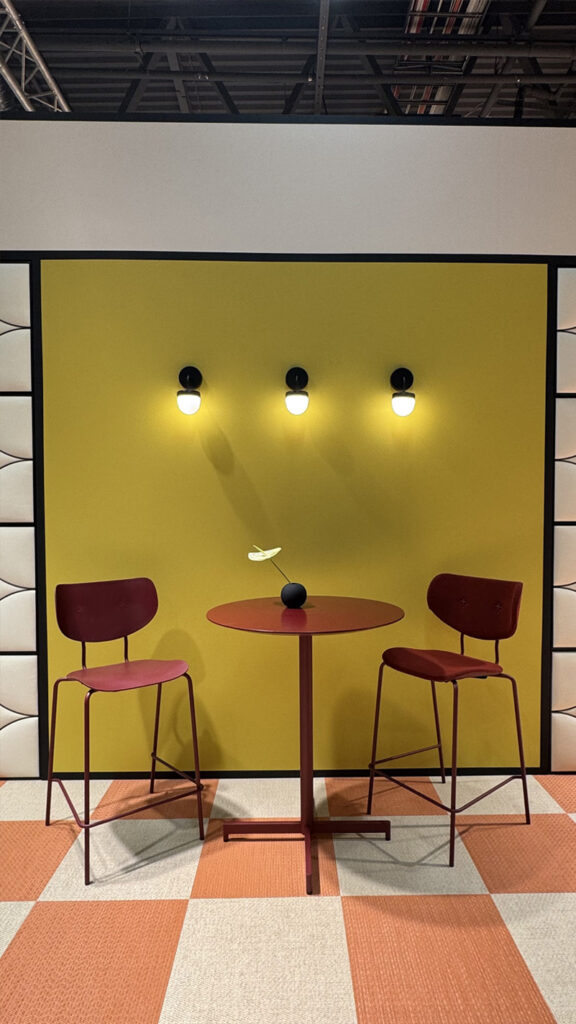
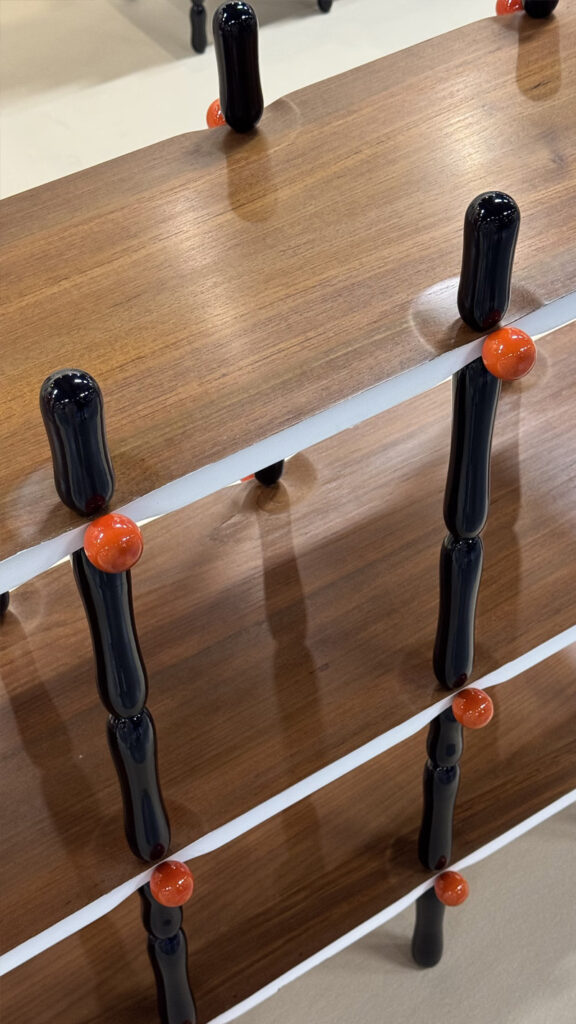
My 5 Favorites from the Exhibition
1. A mobile glass writing board with a textile back panel Lintex– This multifunctional piece serves as both a stylish office partition and a practical note board with soundproofing properties. I loved everything about it—the colors, the materials, and the way it was presented. Clean, vibrant colors always catch my eye!
2. Creme – an innovative Swedish lighting brand Creme Atelier – This young and fast-growing company really impressed me at Stockholm Design Week. Creme creates its lighting fixtures using 3D printing and sustainable, recycled materials. The result? Beautiful designs that emit soft, diffused light and have a tactile, pleasant surface—perfect for modern interiors.
3. A mobile pouf with an integrated table, designed for people with ADHD by Form2 – This thoughtful piece reflects the growing trend of functional and inclusive furniture.
4. Bold and expressive furniture by Johansson Design – Their pieces stood out at the exhibition, highlighting the shift towards daring, statement-making design.
5. A designer who truly surprised me – I discovered the work of Finn Åhlgren, a Swedish designer who transforms waste, discarded materials, and overlooked objects into unique furniture. But instead of transforming them into something “perfect,” he embraces their imperfections and uses them as they are. His motto, “Nöj dig!” (which roughly means “Be satisfied!”), is about letting go of the pursuit of perfection and learning to appreciate what already exists. He intentionally selects broken, crooked, or unusual materials and assembles them into something new. He also teaches people how to work with wood without overcomplicating things—just going with the flow. At first, many are shocked, but soon they begin to realize the deeper meaning behind it.
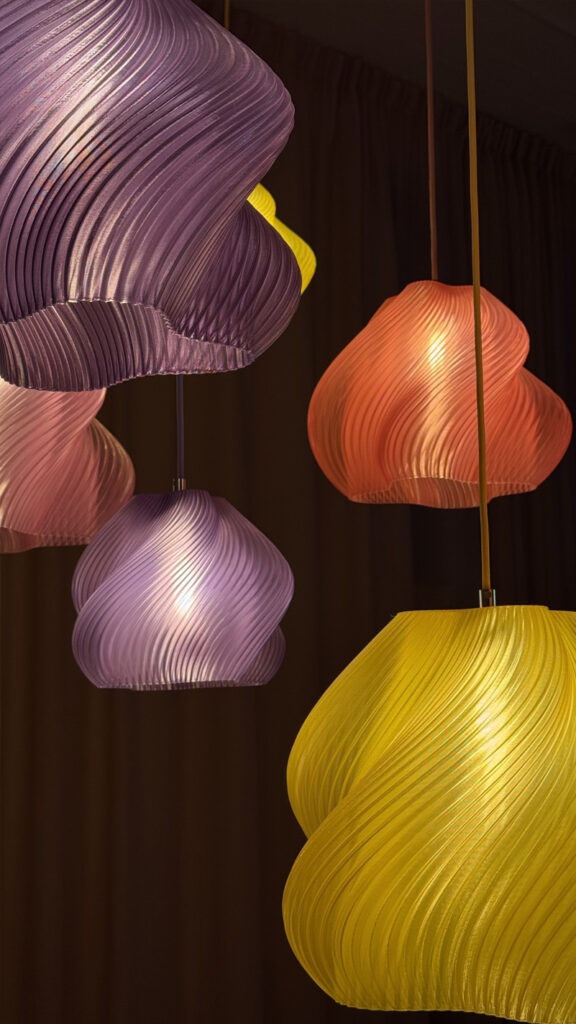
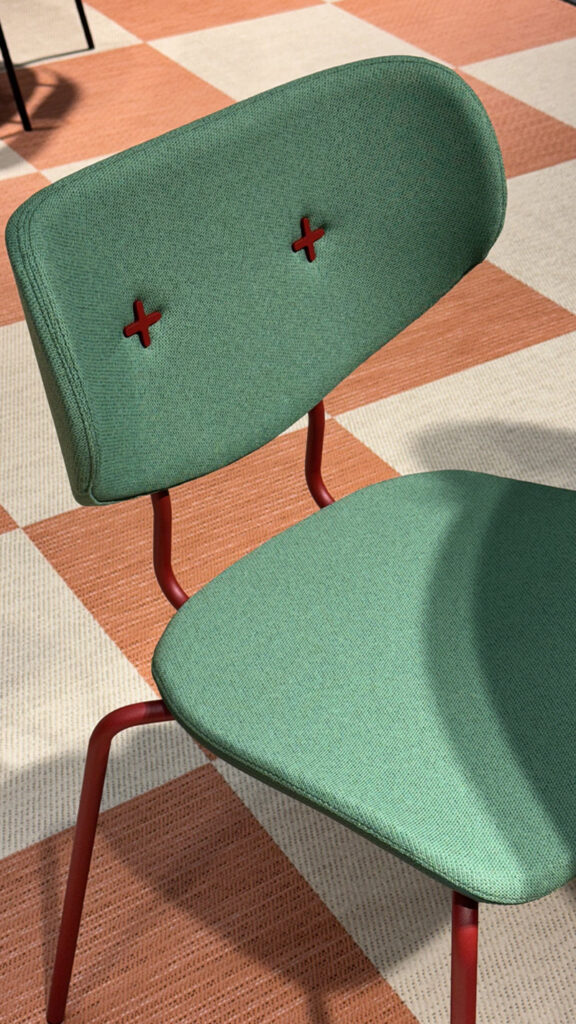
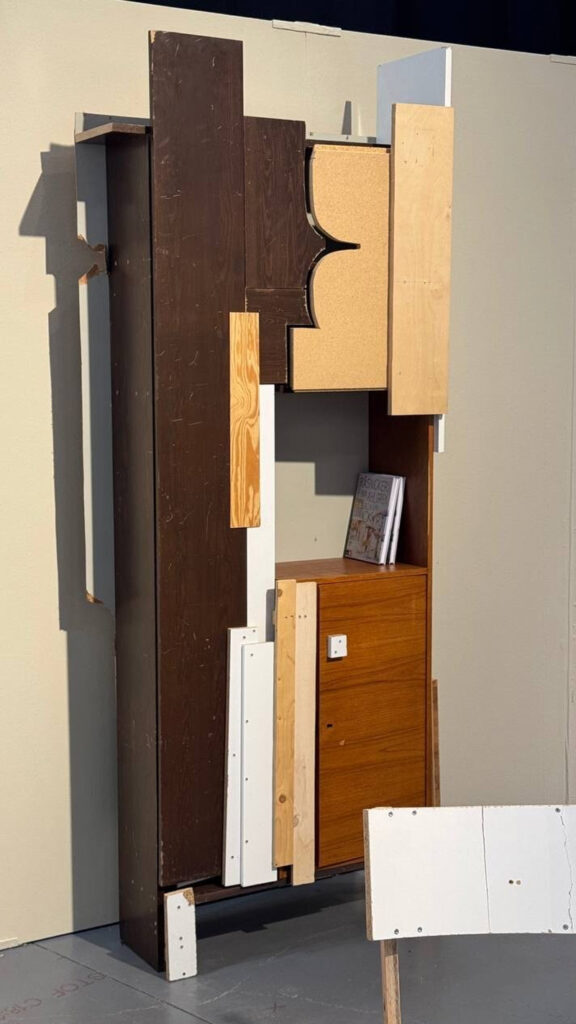
Greenhouse Platform
One of the most exciting sections for me was Greenhouse, a platform dedicated to emerging designers. This year, its focus was on sustainability, craftsmanship, and cultural expression. More than 35 designers from countries like Panama, Chile, Nigeria, and Hungary showcased projects that challenged traditions through innovative materials and production techniques.
Final Thoughts
Attending events like this is always an incredible source of inspiration—a chance to experience what’s happening in the design world firsthand. I left Stockholm Design Week feeling energized, full of fresh ideas, and excited to bring some of these inspirations into my future projects:
– Rugs as Art
Rugs are no longer just floor coverings – they’ve become full-fledged decorative elements for walls as well. They can serve as paintings, setting the mood of a space and adding warmth and depth.
– Accents – small details that bring a space to life.
I particularly like creative solutions, such as decorative socket covers and work tables. These small elements inject personality into a space, making it feel fresh and dynamic. It’s a great example of how minor details can create a powerful visual impact.
– More and more manufacturers are focusing on multifunctional furniture, and I really connect with this direction.
A single piece that serves multiple purposes is not only practical but also maximizes available space efficiently.
– Massive furniture shapes are being replaced by designs with thin legs – elegant, light, and refined.
This creates a feeling of airiness, space, and harmony. The interiors become less cluttered, which makes them more comfortable and modern.
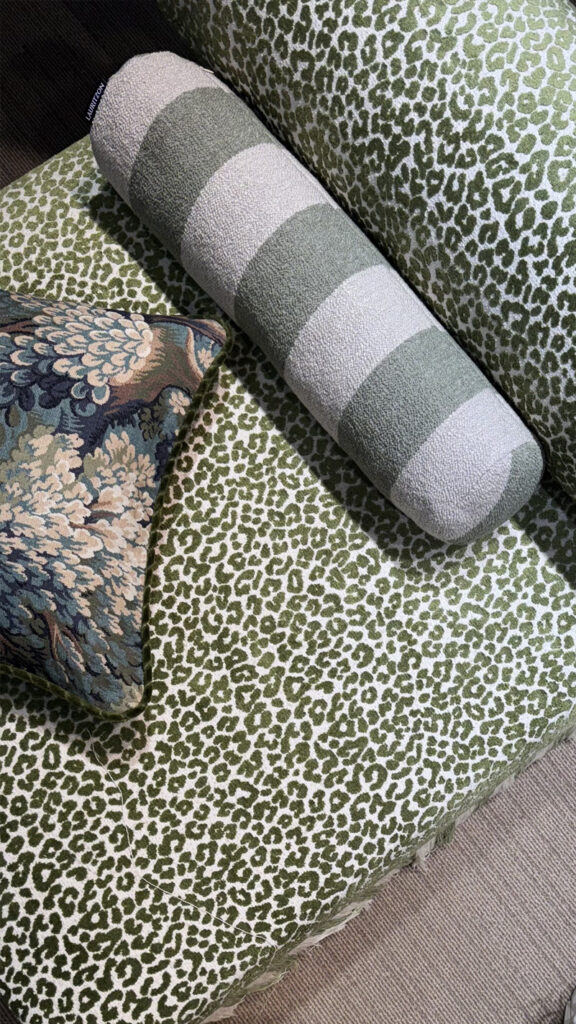
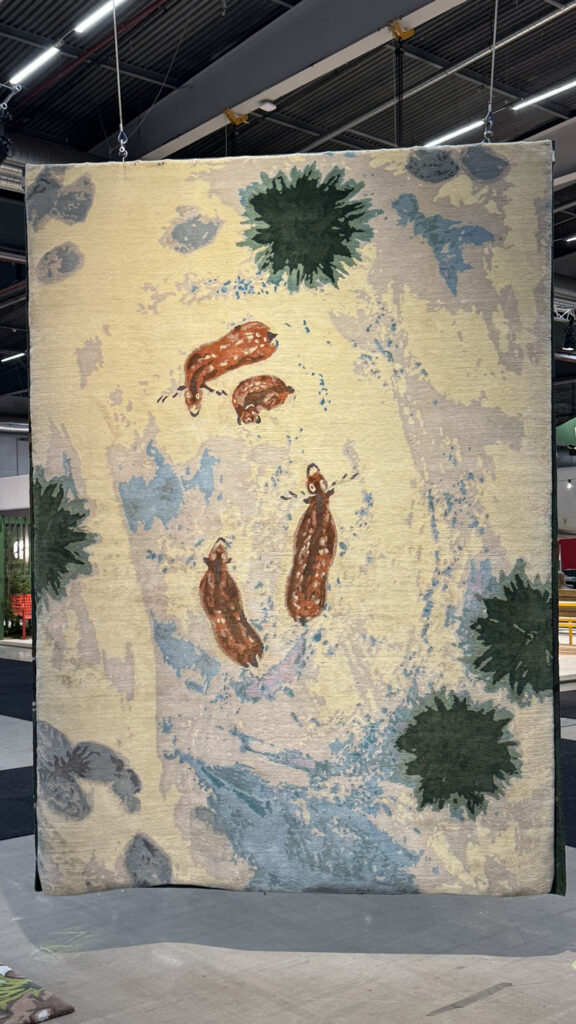
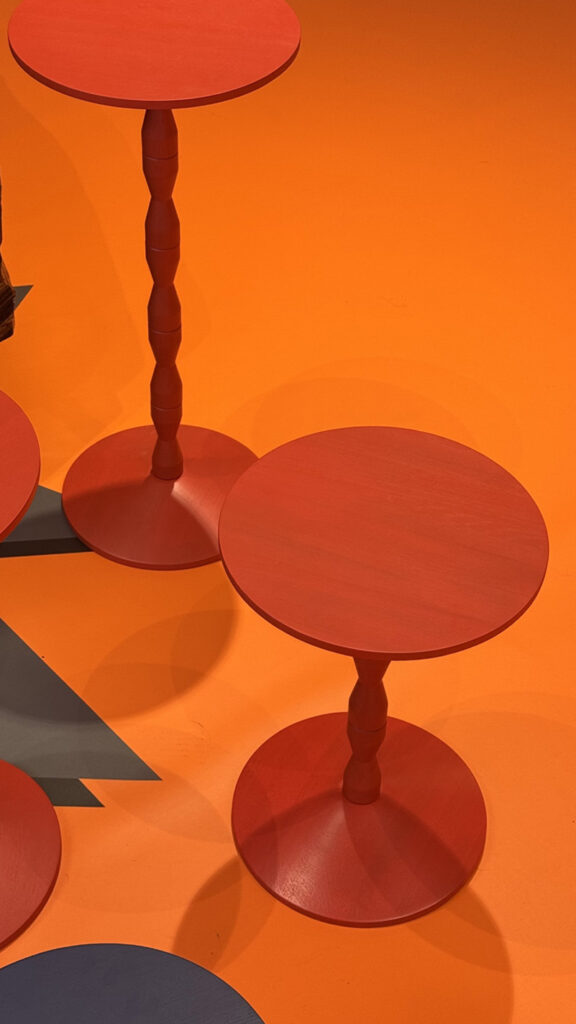
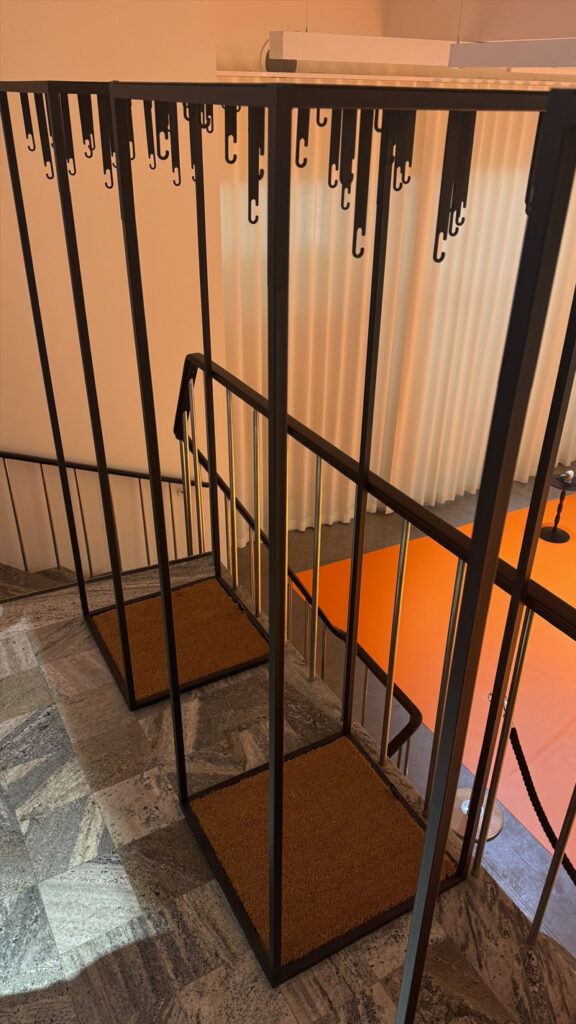
Svetlana Vakhtina is a professional interior designer with formal training from the Modern School of Design and the Higher School of Design “Details” in Moscow. She currently works both online and offline, creating spaces for private and public clients.
Since September 2023, she has been living in Portugal, where she helps clients furnish both rented and owned apartments, as well as works with investment properties. Svetlana is also the author of a guide to local Portuguese brands.
Contacts
www.instagram.com/svvakhtina/
E-mail: [email protected]